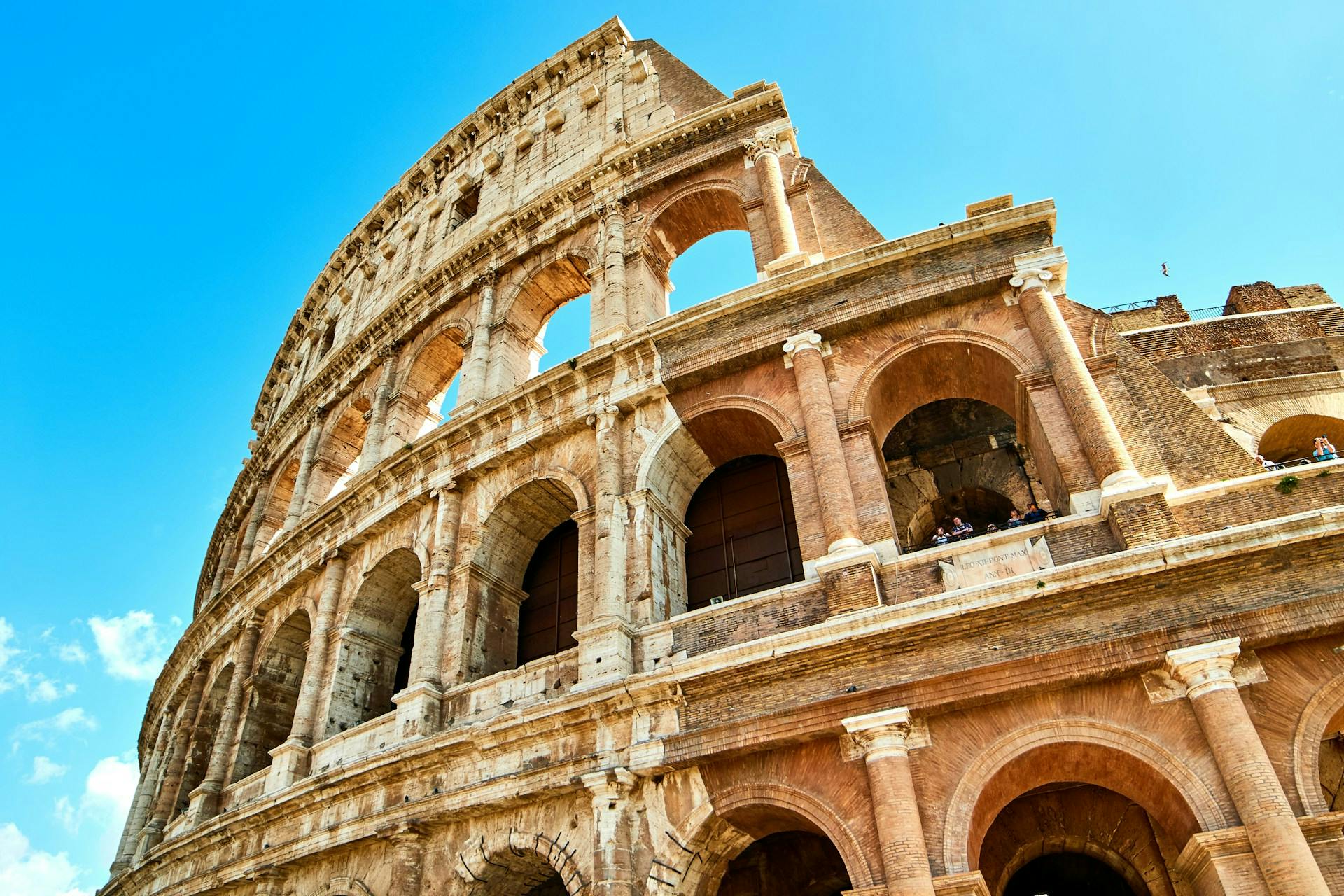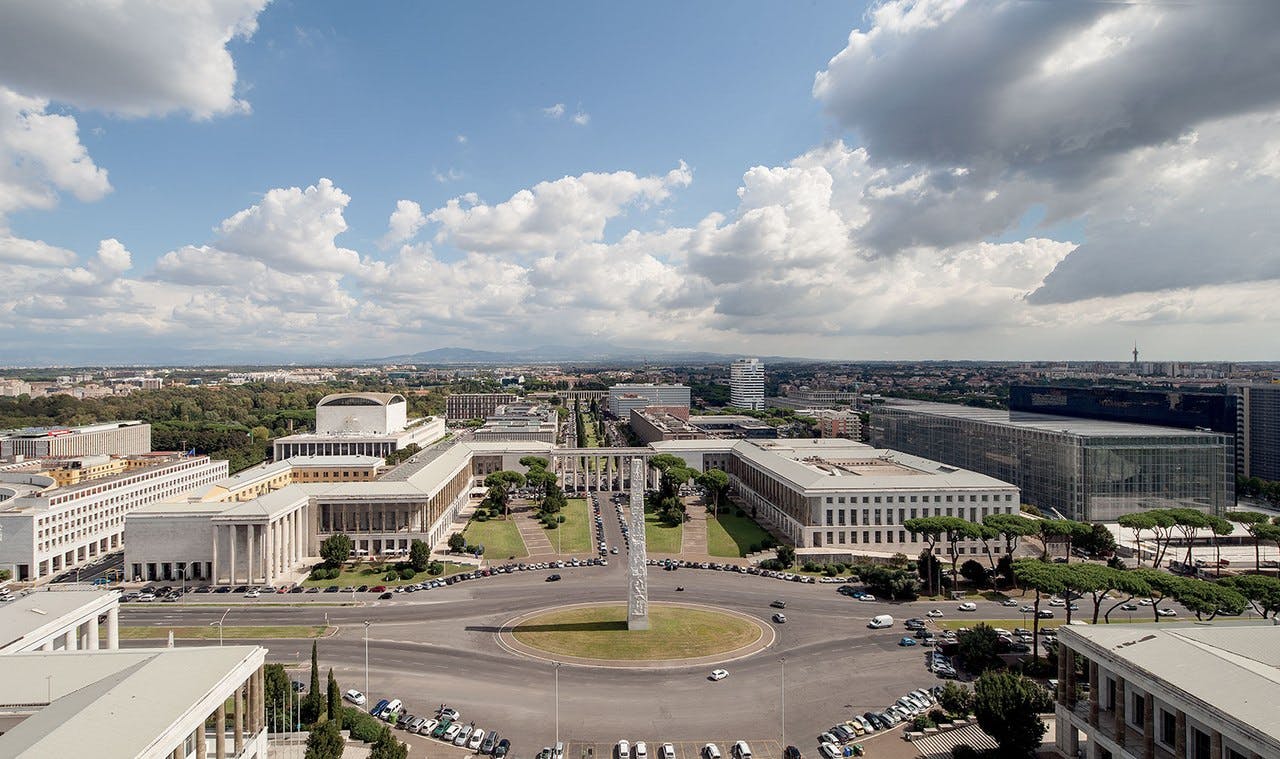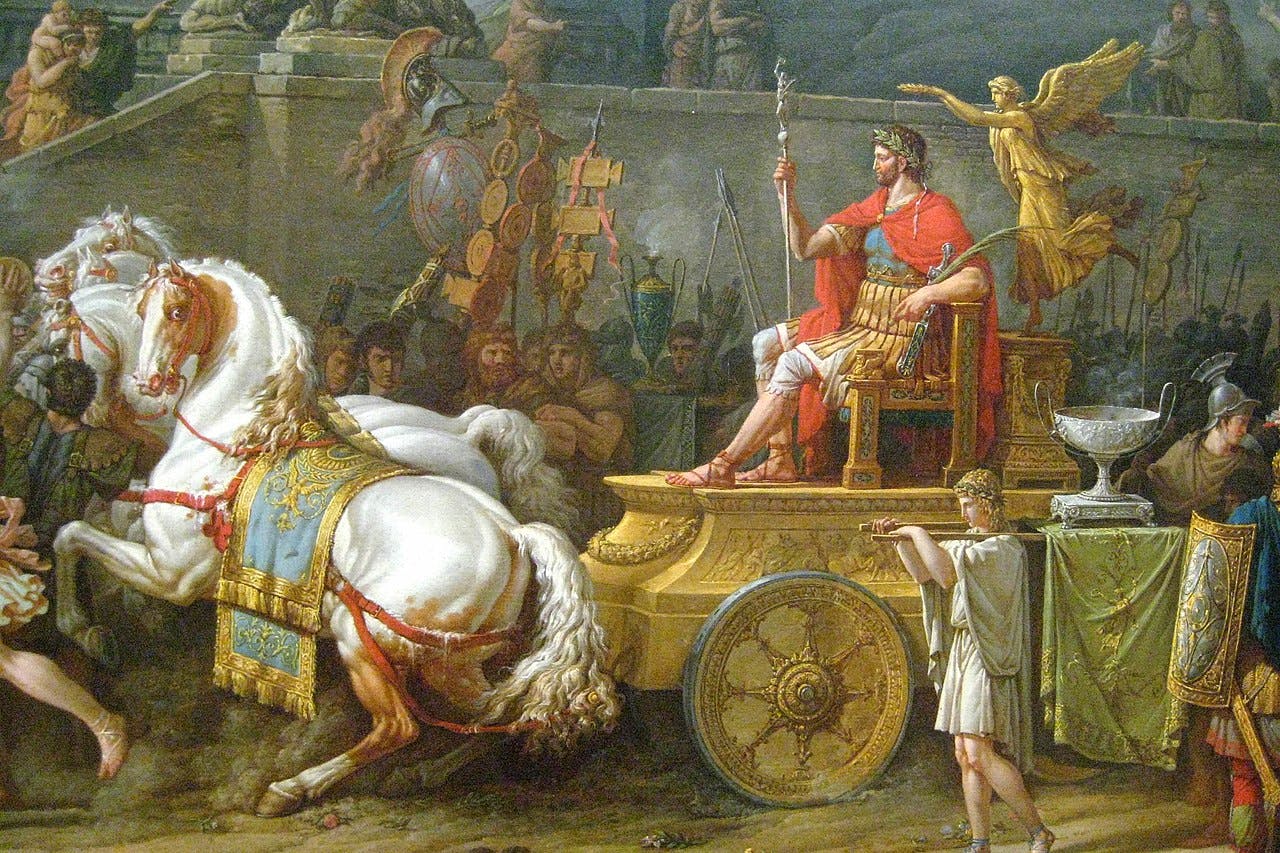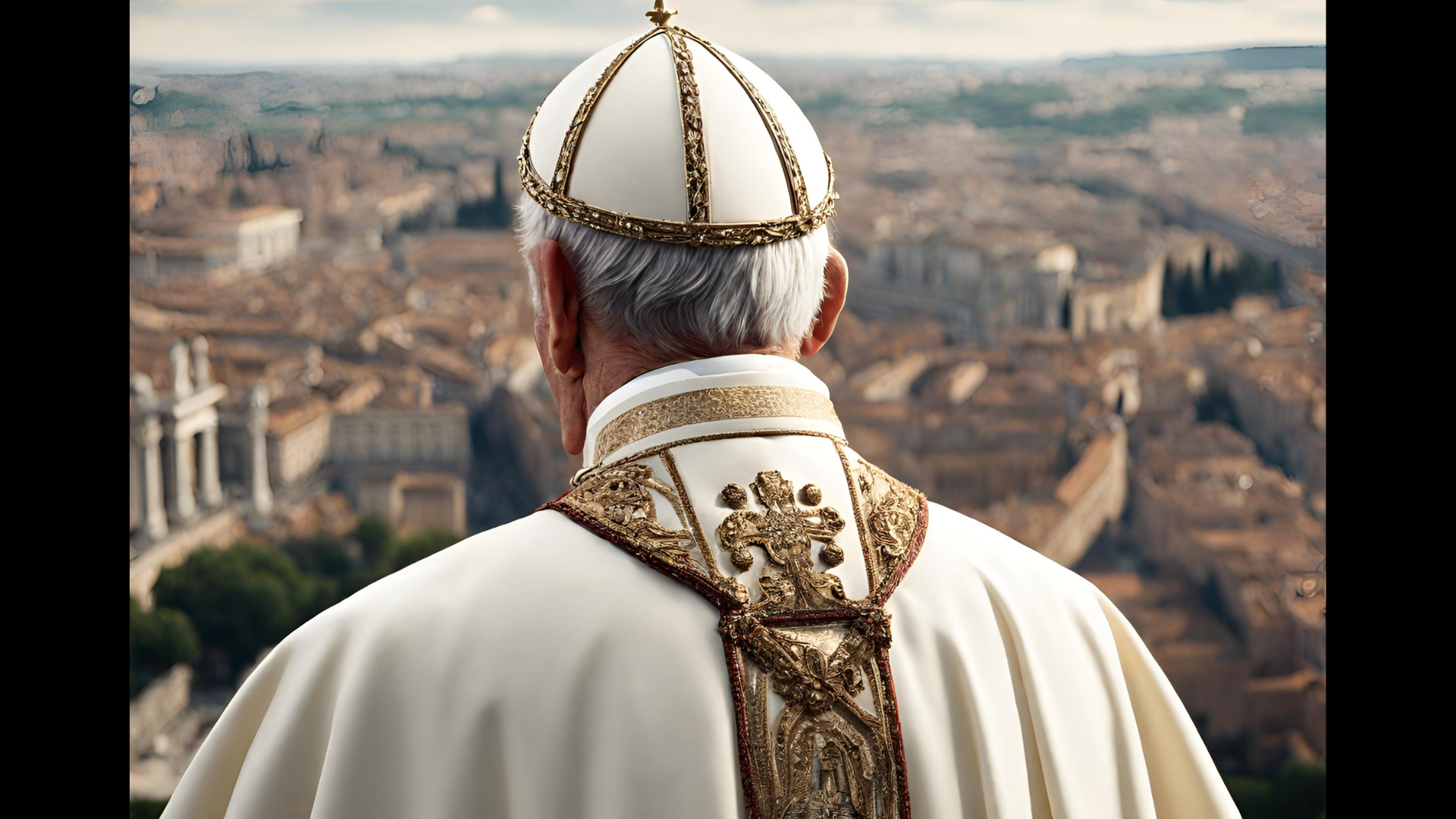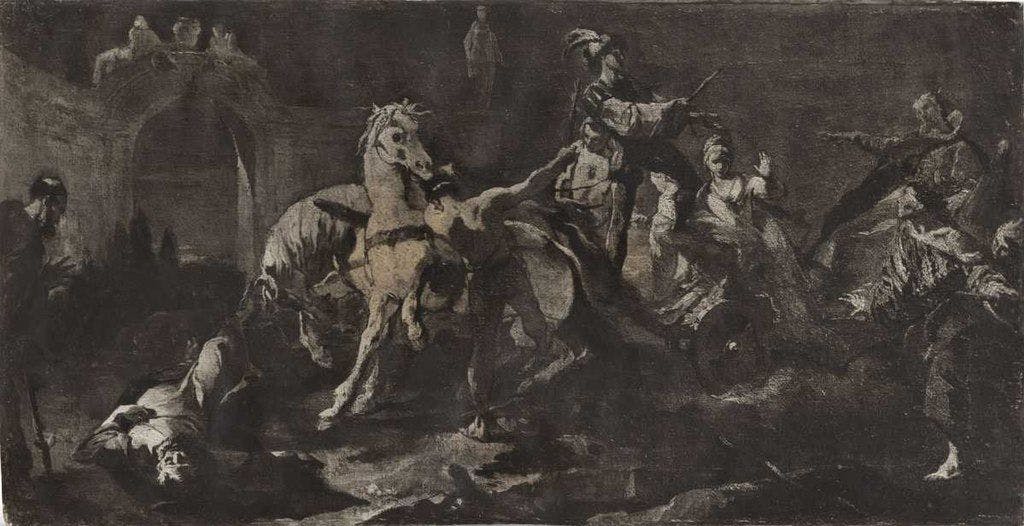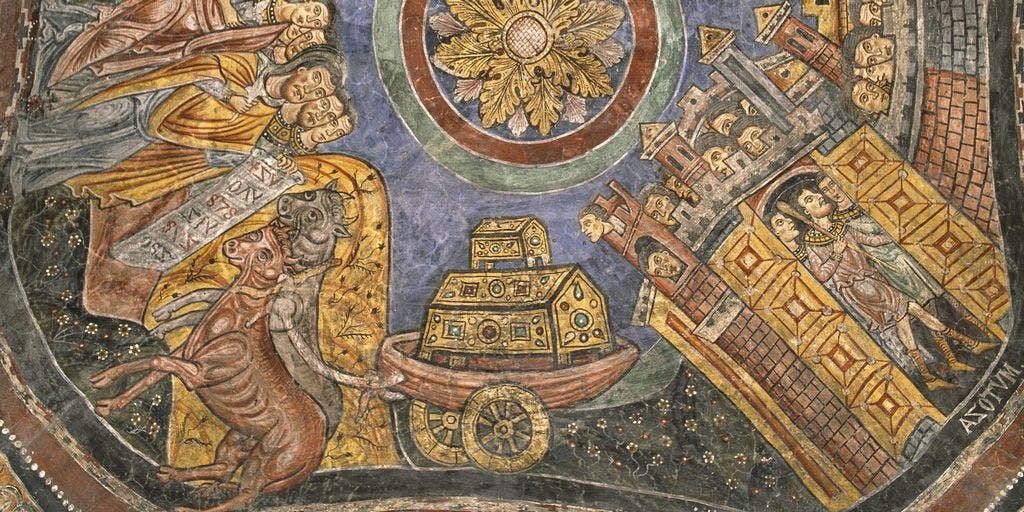Rome was founded according to tradition by Romulus, the legendary founder of Rome, in the year 754/753 BCE. To him, is attributed the birth of the city as an urban institution, as well as the origin of the name. Rome had nine kings, including Romulus, becoming a Republic in 509 BCE, with the fall of the last King, Tarquinius Superbus. It was from here that Rome expanded exponentially, subjugating other local populations in the territories of central and southern Italy.
By the 2nd century BCE, Rome had already unified the Italic peninsula and became the leading power in the ancient world. In fact, within a century the Carthaginian empire, with which Rome contended for hegemony in the Mediterranean Sea, was vanquished, together with the Hellenistic kingdoms. Thus it was during this period that Rome alone renewed the political structure of the ancient world.
It followed various complicated factional revolts and games of power, often having expansionist outcomes such as those of the famous dictator Julius Caesar, who distinguished himself as a cunning general and strategist by making Rome an unstoppable war machine until the 1st century BCE.
The de facto Empire of Rome was therefore established, and it experienced its greatest expansion in the 2nd century CE under Emperor Trajan, when Rome self-proclaimed itself as “Caput Mundi,” meaning capital of the known world. Indeed, the empire’s territory ranged from the Atlantic Ocean to the Persian Gulf, from the south-central part of Britain to Egypt.
Today, Rome is rich with a heritage that has been passed down for millennia, and there are many places that offer us an exciting contrast between the town of today, Italy’s capital, and the ancient imperial one, the capital of a much larger territory.
All over the city centre of Rome are visible temples and archaeological sites, valuable pieces that tell a millenary story.
